Rare Earths Emerge as Flashpoint in U.S.–China Economic Clash
Input
Modified
Costs Mount Across Industries
U.S. Expands Stockpiling Policy in Response
Diversification and International Cooperation Urged
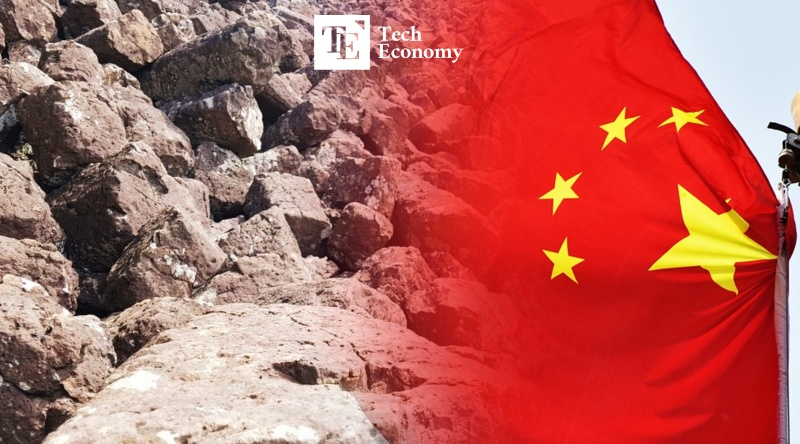
China’s restrictions on rare earth exports, combined with Washington’s stockpiling drive and new export limits, are amplifying global supply chain instability. Prices for critical elements such as dysprosium and terbium have hit two-year highs, while the suspension of U.S. exports to China by MP Materials has pushed neodymium prices sharply higher. Manufacturers in Europe and South Korea now face both production disruptions and cost burdens, with fallout spreading across downstream industries from electric vehicles to defense and renewable energy.
The Price Surge Paradox: Industry Suffers, Producers Gain
According to Argus Media on September 24, dysprosium was trading at 840 USD per kilogram in Europe as of the 18th—triple its price earlier this year. A key alloying element for neodymium magnets in EV motors, dysprosium has become emblematic of the surge. Terbium, another element under China’s export controls, reached a record 3,600 USD per kilogram in Europe. Argus noted that “the across-the-board rise in rare earth prices is weighing heavily on related industries.”
Beijing began restricting exports of seven key minerals—including samarium, dysprosium, and gadolinium—in April. With China holding about 70 percent of global reserves, the move underscores its strategy of weaponizing rare earths as bargaining leverage in trade disputes with the United States. The problem is that critical materials for EVs, wind turbines, and defense applications are caught up in the restrictions, leaving industries worldwide facing immediate supply risks and cost pressures.
Chinese producers, however, are seeing short-term windfalls. China Rare Earth Group Resources & Technology reported a 62 percent jump in revenue in the first half of the year, swinging from losses to more than 300 million USD in profit. Northern Rare Earth High-Tech saw its net income soar more than twentyfold. Export curbs lifted prices, boosting earnings and stock valuations. But analysts caution that these gains are heavily policy-driven and vulnerable to shifts in demand or regulation.
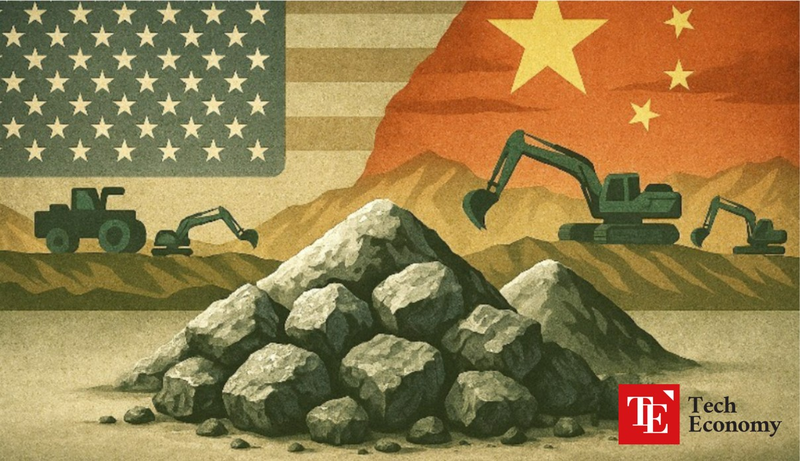
U.S. and China Clamp Down in Tandem, Widening Market Shock
The U.S. has countered with its own measures, further roiling markets. Washington has classified rare earths as strategic materials, expanding stockpiles while restricting exports. MP Materials, the country’s only rare earth producer, has halted exports to China, intensifying supply strains. Reuters reported that neodymium-praseodymium (NdPr) prices rose from 63 USD per kilogram in early July to 88 USD after August—a 40 percent surge and the highest in two years.
The U.S. response is being institutionalized. In July, the Pentagon struck a deal with MP Materials to buy domestically refined NdPr at 110 USD per kilogram—roughly double market prices—for a decade. It is unprecedented for Washington to guarantee a floor price for a specific mineral, signaling how far the government is willing to go to secure independence in rare earth supply chains.
But U.S. capacity remains weak. According to the U.S. Geological Survey, the country accounted for just 12 percent of global rare earth production in 2024, with refining still largely dependent on China. At California’s Mountain Pass mine, much of the extracted ore has been shipped to China for processing before being reimported. The halt of MP Materials’ exports has created a direct gap in Chinese processing flows while simultaneously driving up global prices.
The combined effect of dual restrictions from both Washington and Beijing has left the global rare earth market under complex pressure. In July, China tightened quotas not only on mining and refining but also on imported ores, raising uncertainty further. Meanwhile, the U.S. is propping up prices with subsidies and defense contracts as it pushes for a self-sufficient supply chain. Together, the two giants are exacerbating shortages and price hikes, squeezing costs across autos, electronics, and defense.
Defense and Automotive Industries Brace for Collateral Damage
Global manufacturers are already reporting disruptions. European firms say production delays are mounting amid stricter Chinese licensing requirements. According to the EU Chamber of Commerce in China, only one in four of more than 140 export license applications submitted since April has been approved. Chamber president Jens Eskelund said, “Many foreign companies have been unable to secure the rare earths needed to keep factories running. Production shutdowns and shipment delays are spreading, with some firms facing the risk of closure.”
Beijing has introduced one-off permits for items suspected of military use, requiring detailed proof of end-use and destination. Restrictions now extend to alloys and components, and companies unable to demonstrate “non-military use” are being denied export approval altogether. With half of its rare earth imports coming from China, the EU could face significant shortages as soon as the third quarter. In Germany and France, dependence on Chinese rare earths and magnets reaches as high as 70 percent in advanced manufacturing.
South Korean manufacturers face similar uncertainty. Chinese customs data shows rare earth exports fell from 7,742 tons in June to 5,791 tons in August—a 25 percent decline in just two months. The impact on South Korea’s defense industry is direct, as radar, guided weapons, and avionics all require heavy rare earths. Growing export orders risk delivery delays, eroding trust in the sector. Automakers, too, face challenges: shortages of rare earths for EV motors and components could derail new model launches and undermine price competitiveness.
Companies are scrambling to respond by pursuing long-term contracts with overseas miners and exploring partnerships with alternative suppliers in Vietnam and Australia. But given China’s dominance across mining, refining, and processing, such measures face limits. Industry voices are calling for governments to step in with expanded strategic stockpiles and broader international resource networks. “If we cannot reduce reliance on China,” said one South Korean industry executive, “we will inevitably face soaring costs and delivery delays. National-level stockpiling and diplomatic cooperation are essential to safeguard manufacturing competitiveness.”



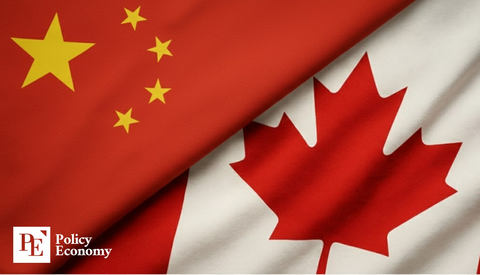
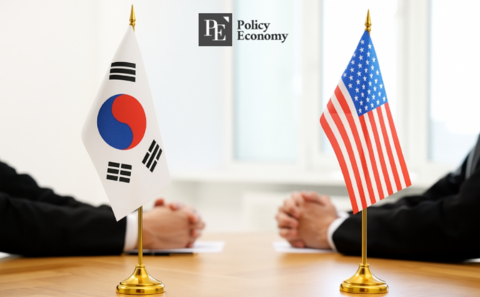
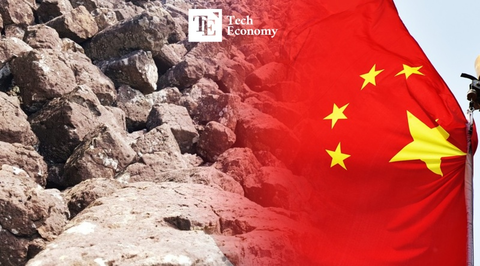

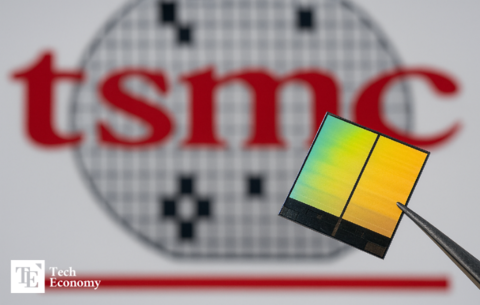

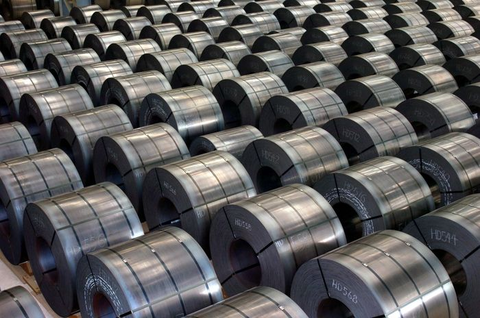












Comment